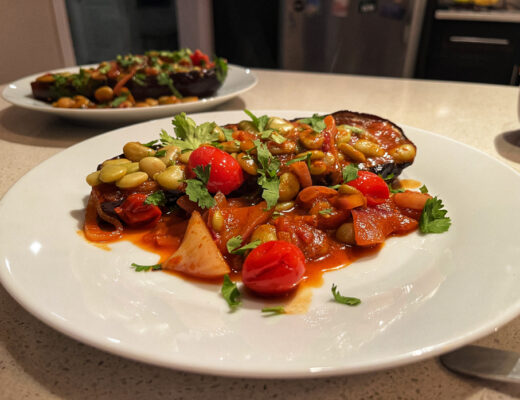Sulforaphane is something I started to read about during my cancer recovery period.
It is a naturally occurring isothiocyanate derived from cruciferous vegetables and reported to inhibit the growth of a variety of cancers, such as breast, prostate, colon, skin, lung, gastric or bladder cancer and that information was enough to capture my attention.
Sulforaphane can be obtained by eating a range of cruciferous vegetables:
- Broccoli Sprouts
- Broccoli
- Cauliflower
- Kale
- Brussels Sprouts
- Cabbage
- Bok choy
- Watercress
- Arugula
During the years following my diagnosis, I realized just how much of a deal small cumulative changes like this could make in our lives so I began to search out Broccoli Sprouts and found some locally grown products marketed by Goodleaf Farms a bit by accident or lucky coincidence. We attended a Plant Based Exposition in Toronto where Good Leaf had a booth and that allowed us to taste a variety of their products, which include micro Broccoli Sprouts, Pea Sprouts, Arugula, Radishes, Mustards and an Asian Assortment.
From there, I found it easy for us to buy of one of their products a few times a week to make certain we both got that extra boost into our systems.
I firmly believe that these are the small changes that will allow us to lead healthier lives as we both age.
It’s not difficult for anyone to do this either. The sprouts are small enough that you can split a package and mix it in with a salad a few times a week and the Broccoli Sprouts are 100% more concentrated than actual Broccoli.
In these foods, Sulforaphane is contained in the inactive form glucoraphanin – the Sulforaphane is activated when glucoraphanin comes into contact with myrosinase, a family of enzymes that play a role in the defense response of plants. Myrosinase enzymes are only released and activated when a plant is damaged, so, cruciferous vegetables must be cut, chopped, or chewed to release the enzyme and activate sulforaphane. In other words, they are very, very good for you, but only if you eat them.
Studies found that raw cruciferous vegetables have the highest levels of sulforaphane – in fact, one study found that raw broccoli had ten times more sulforaphane than cooked broccoli.
But I know from our experience preparing dinner together that not everyone likes to eat raw veggies, so steaming this type of vegetables for one to three minutes may be the best way to optimize sulforaphane levels when cooking. However, if you cook on too hot a temperature, you’ll cook away the benefits, so just a quick steam is best.
And never microwave cruciferous vegetables. As with anything you put inside a microwave, everything that is nutritious is instantly stripped out. In fact, I suggest you throw out your microwave or at most, use it ONLY to heat up coffee.
If you need more convincing, sulforaphane has other benefits as well; For instance, it may benefit heart health by reducing inflammation, which can lead to narrowing of your arteries. It can also reduce high blood pressure. And if that’s not enough, sulforaphane effectively reduces fasting blood sugar levels and improves hemoglobin A1c, which is a marker of long-term blood sugar control.
For us, because of my nutrition orientation, I have stayed focused on these small benefits because I really like the idea of being healthy and alive.





No Comments